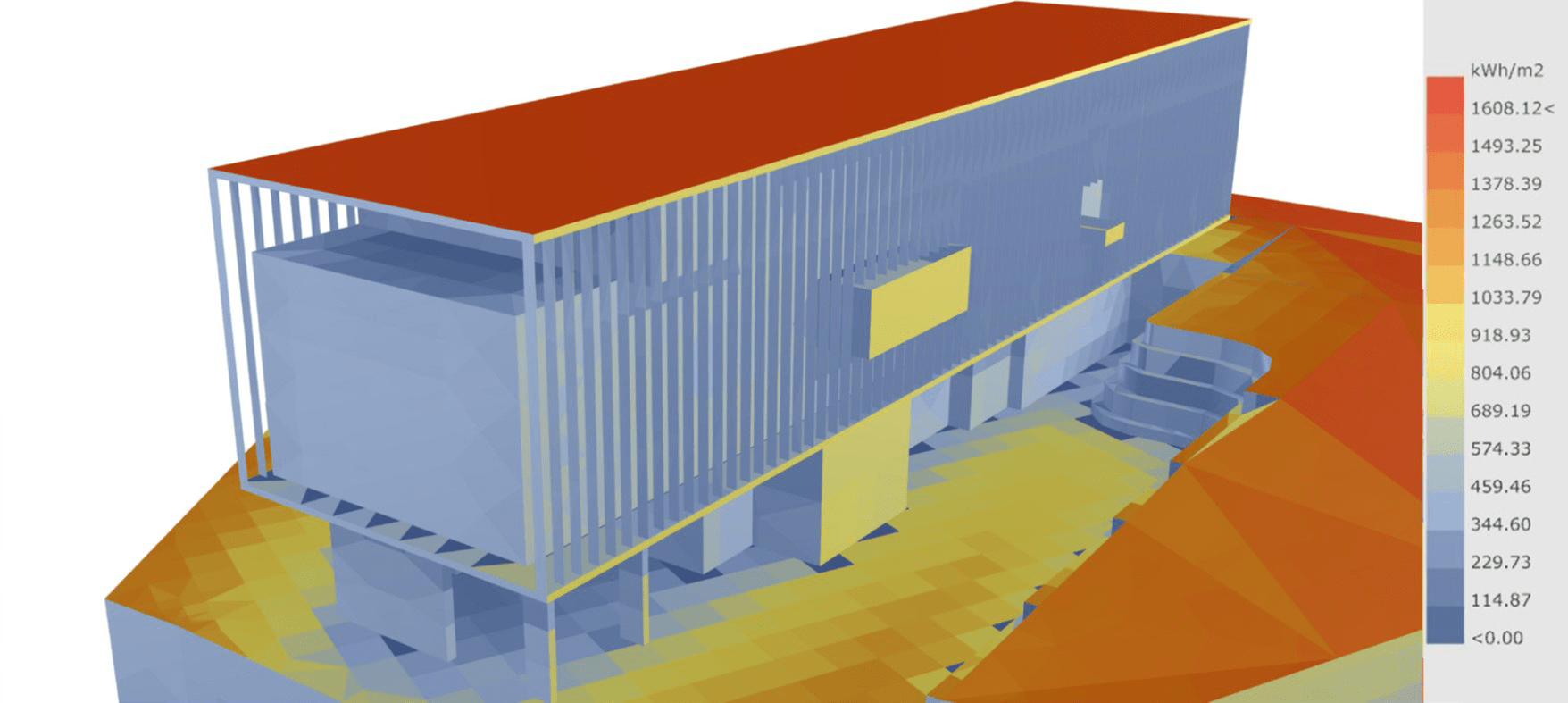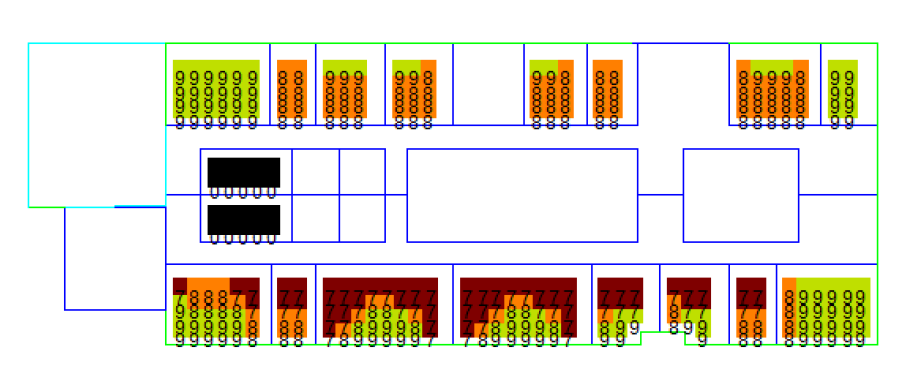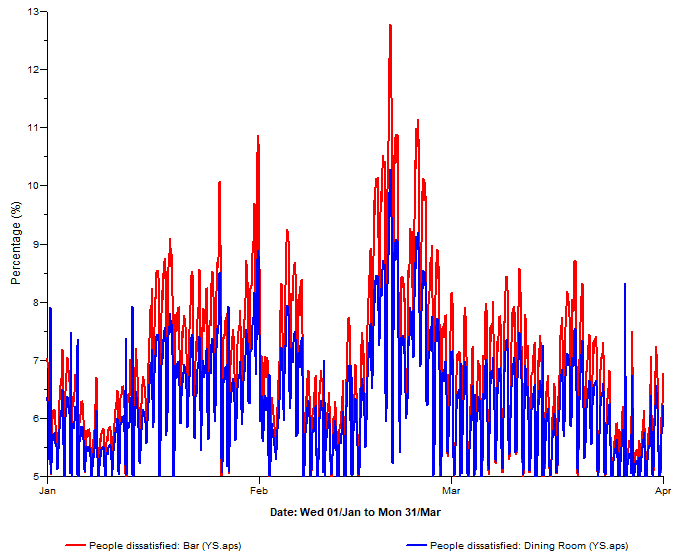Energy Modeling
Structure-based energy consumption rate is %40 in the world. As it is known, the right decisions to be made in the early building-design stage can carry a building to a very advantageous point in terms of the low energy consumption. The main aim of Alkazar and teams that they worked with are not only to reach the most advantageous point of low energy consumption, but also to protect the balance between comfort and consumption.
Building Energy Simulation demonstrates to you how much energy a building consumes per month and the advantages of changes that made to the building during the design stage. The most critical issue for the energy model to be prepared is the climate data set to be applied. Alkazar completes its analysis with the most realistic data that can be applied by providing a unique solution and directly providing the project location data. These types of analysis programs are generally run only by using measurement data of airports for many years. However, for example, there are deviations in the micro-climate change of a project to be implemented in Beykoz district or a building to be built in Sarıyer with the measurement data of İstanbul Atatürk Airport. Thus, the original location data provides the most accurate analysis and design outputs.
The reason why the energy is spent more in the indoor is that some places have more hours of sunlight or locate in more shaded areas. For example, by comparing the length or type of a sunbreaker that you prefer as a solution to the places have more sunlight hours with very fast variations, the optimum product can be determined. Combining energy conversation and thermal comfort is the most critical issue in these types of works. Occasionally, the type, length or color of a sunbreaker for energy conservation may be ideal, while its dimensions for thermal comfort may be insufficient. Together with the outputs obtained through integrated analyzes, preferences are interpreted for the employer in terms of maintenance, method and cost with the other consultants we work with.

Building can be compared with energy simulations in terms of :
- Form,
- Orientation,
- Façade,
- Materials (glass, metal profile, floor and wall coverings)
- Recycling of renewable resources,
- Lighting control system.

Green Building Services
Today, the world has come to terms with the fact that the right way to development is via sustainability. The concept of sustainable construction is here to stay. Green buildings have been proven to be beneficial for everyone involved on the following accounts:
- Enhanced Brand Image
- Public Goodwill
- Enhanced Marketing Capability
- Unique Selling Proposition (USP)
- Better Employee Retention & Attraction
- Ecologically Correct
- Productivity Benefits
- Reduced Heat Island & Green-house Gas Effects
Building Physics Analysis Services Offered by expert consultants:
- LEED Certification
- BREEAM Certification
- Visibility Analysis
- Energy Modeling
LEED Green Building Certification
LEED (Leadership in Energy and Environmental Design) green building rating system defines high performance buildings which are healthier, economical, profitable and more respectful to the nature than other buildings. It is a voluntary standard which is given by United States Green Building Council (USGBC).
Each rating system groups requirements that address the unique needs of building and project types on their path towards LEED certification. Once a project team chooses a rating system, they’ll use the appropriate credits to guide design and operational decisions.
There are five rating systems that address multiple project types:
- Building Design and Construction
- Interior Design and Construction
- Building Operations and Maintenance
- Neighborhood Development
- Homes

Visibility Analysis
Even at a preliminary design stage, it can be important to know the degree of visibility of specific objects from different parts of the building and workspaces. Visibility analysis helps in obtaining a useful assessment of the areas in a room that have adequate views to the outside through windows and openings. This analysis involves setting up the points over the floor plane of each room of analysis and then selecting the appropriate windows, allowing quick calculation of the exact area of unobstructed window visible from the point.

Overheating Analysis
Overheating has become a key problem for building design. The need to reduce energy consumption whilst dealing with global climate change has reduced the options available for building comfortable, low-energy buildings. Research has been directed towards methods for increasing indoor winter temperatures but this can lead to lightweight, highly insulated buildings that respond poorly in the summer.
The following three criteria, taken together, are used to assess the risk of overheating of buildings in the UK and Europe. A room or building that fails any two of the three criteria is classed as overheating.
- Hours of exceedance
- Daily weighted exceedance
- Upper limit temperature
The Adaptive Comfort analysis tool for the Virtual Environment is capable of assessing overheating of buildings based on the criteria outlined in CIBSE TM52 and TM59. Analysis of the occupied spaces in a building model can be assessed in VistaPro using the additional weather and room variables or via the report.
Our team can provide fast and accurate CIBSE TM52 and TM59 thermal comfort analysis with a competitive fee. We help our clients to design the most economic and feasible solution while satisfying the relevant building regulations. The report that we provide can also be used for BREEAM submittals.
CIBSE Guide A, ISO 7730, ASHRAE 55 Analysis
CIBSE Guide A, ISO 7730, and ASHRAE 55 are ergonomics of the thermal environment – analytical determination and interpretation of thermal comfort using calculation of the PMV and PPD indices and local thermal comfort criteria. The purpose of the guide and standards are to specify the combinations of indoor thermal environmental factors and personal factors that produce thermal environmental conditions acceptable to a majority of the occupants within the space.
There are six factors defined to take into consideration when designing for thermal comfort. Its determining factors include the following:
- Metabolic rate: The energy generated from the human body
- Clothing insulation: The amount of thermal insulation the person is wearing
- Air temperature: Temperature of the air surrounding the occupant
- Radiant temperature: The weighted average of all the temperatures from surfaces surrounding an occupant
- Air velocity: Rate of air movement given distance over time
- Relative humidity: Percentage of water vapor in the air
Our team can provide fast and accurate PMV and PPD calculations according to the required guide or standard with a competitive fee. We help our clients to design the most economic and feasible solution while satisfying the relevant building regulations. The report that we provide can also be used for LEED and BREEAM submittals.





